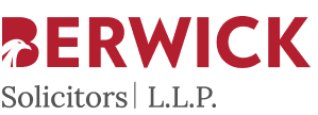RSA comes under fire for ‘victim blaming’ campaign
Published:
-
-
Author: Dara Bradley
~ 4 minutes read
From this week's Galway City Tribune
The Road Safety Authority (RSA) has defended its ‘be seen, be safe’ campaign for pedestrians and cyclists to wear high-visibility clothing amid accusations of ‘victim blaming’ vulnerable road users.
The RSA, in a lengthy statement to the Galway City Tribune citing several research papers, insisted that high visibility clothing improved motorists’ ability to see vulnerable road users.
But City Councillor Alan Curran (Soc Dems), slammed the RSA for ‘failing’ in its mandate to protect pedestrians and cyclists.
The founder of Galway Cycle Bus, an initiative to encourage children to cycle to school safely, said putting the onus on pedestrians and cyclists to ‘be seen, be safe’ was wrong, and the “high-viz strategy has failed”.
Cllr Curran said rather than blaming vulnerable roads users, the RSA and other organisations should focus on enforcement and physical infrastructure – including narrowing roads, speed bumps, chicanes, lower speed limits – to improve road safety.
The RSA cited almost a dozen research papers relating to high-viz clothing.
Three of them concluded late detection of or failure to observe vulnerable roads users “was an established contributory factor in road traffic collisions”.
It cited research that said “drivers tend to overestimate their ability to detect” vulnerable road users, especially at night, and cyclists and pedestrians, “typically underestimate how difficult it is for drivers to see them”.
Pedestrian “crash risk” was estimated at up to four times higher in darkness, and pedestrians “experience the greatest increase in collision risk” during darkness.
It cited academic studies that found high-viz clothing “can improve driver detection of, recognition of, and reaction time to” vulnerable road users.
The RSA highlighted one study that found “cyclists who wore a yellow cycling jacket for one year, had a personal injury collision rate that was 38% lower when compared to a control group who were not provided with one”.
Another survey said “regular fluorescent clothing use amongst participants in a cycling event in New Zealand, was linked to fewer days off work for a cycling related injury”.
The RSA cited a 2006 European Transport Safety Council ‘factsheet’, which said: “Without retroreflective clothing, a pedestrian/cyclist is only likely to be visible 30m from a vehicle, whereas they can be seen at 150m when wearing something reflective.”
It provided drivers with “five times the distance to notice” vulnerable road users “and greater opportunity to avoid them”.
Cllr Curran said high-viz clothing may make vulnerable road users more visible but there was no evidence to suggest it altered motorists’ behaviour towards them.
The RSA, he said, has not published data about whether wearing high-viz was a contributing factor in Irish road collisions.
“The choice of outfit I have worn on the bike or on foot has never made an impact on the behaviour of motorists,” he said.
Over five years on the Knocknacarra Cycle Bus, regardless of whether parents, children or volunteer marshals were wearing high-viz or not, they have been “close passed aggressively at speed”.
Cllr Curran said the RSA’s insistence that “to keep children safe, they should dress up like mini-construction workers while walking to school”, was not an effective way to safeguard vulnerable road users.
“Focusing on what a pedestrian or cyclist wears is a form of victim blaming, where the onus and responsibility is shared with the person struck,” Cllr Curran said.
He pointed to RSA data, which said 80% of accidents occur during daylight; 80% of serious injuries to cyclists occur in daytime; and 90% of serious injuries to pedestrians and 80% of serious injuries to cyclists occur in urban environments where speed non-compliance is often high.
“What difference does a yellow vest make in this situation? If a motorist cannot see a pedestrian or cyclist during daylight, they are either speeding, on their phone, not paying attention, or driving without due care and attention,” Cllr Curran said.
He said the RSA should use its influence on “more meaningful” ways to prevent collisions, including calling for segregation for road users on streets; lobbying to lower speed limits; increased enforcement including red-light and speed cameras; speed limiters on new cars; and increased driver training.
“The RSA spends almost €1m annually on these vests and educational ‘awareness’ campaigns in primary schools. This money would be better spent on interventions that are proven to keep vulnerable road users safe. Focus on the perpetrator of the violent act, not the victim,” Cllr Curran added.
The RSA insisted wearing high-viz “may potentially assist in protecting vulnerable road users making them as visible as possible”.
More like this:
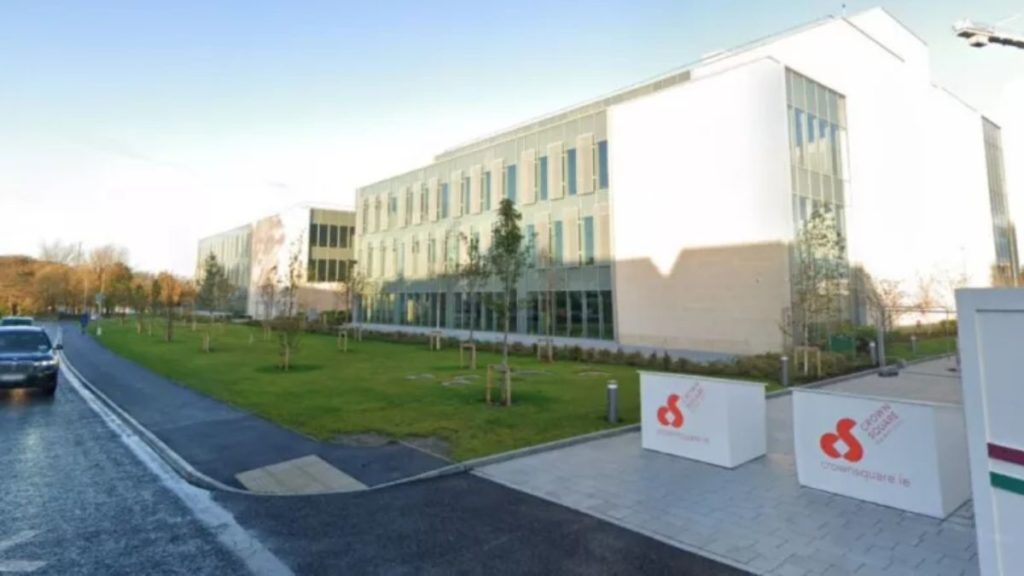
Controversial new home for City Council plummets €8m in value
This article first appeared on Galway Bay FMThe controversial new home for Galway City Council ha...
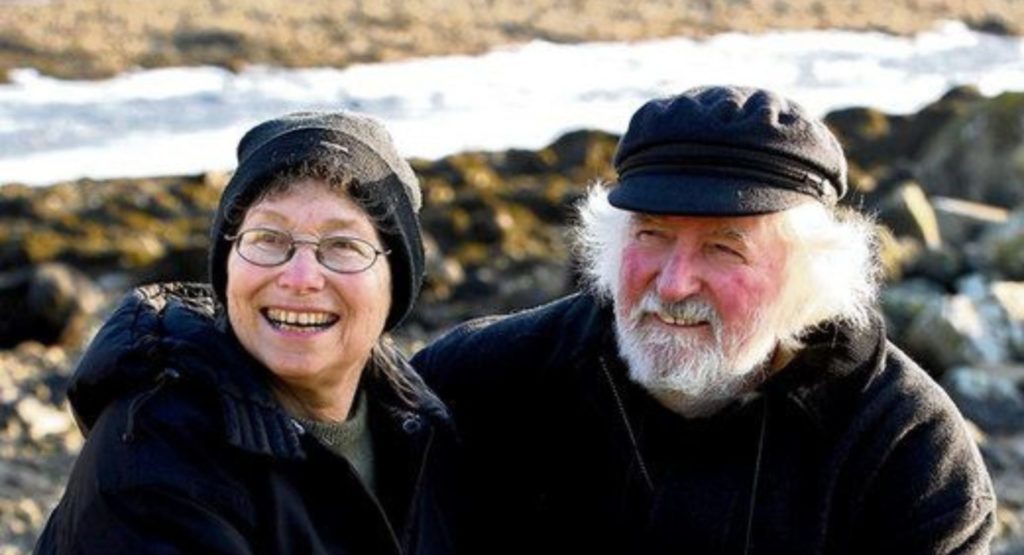
Victim of Connemara fire named as death row survivor Sonia 'Sunny' Jacobs
This article first appeared on Galway Bay FMOne of the victims of a fatal house fire near Casla i...
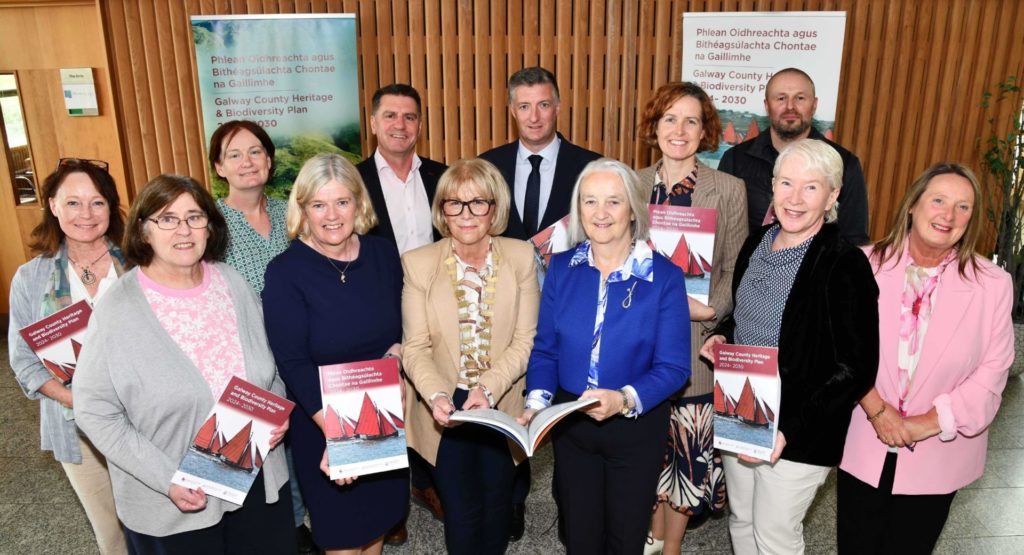
New heritage and biodiversity Plan unveiled for Galway
This article first appeared on Galway Bay FMA new seven-year heritage and biodiversity plan has b...

Galway in top 3 blackspots for wait times for child psychologist appointment
This article first appeared on Galway Bay FMGalway has been highlighted as one of the blackspots ...

QFinancial.ie launches Employers Pension Helpline to support Galway businesses ahead of auto-enrolment rollout
Local financial advisory firm QFinancial.ie has launched a dedicated support service — EmployersP...

Elderly woman and young man die in Connemara house fire
This article first appeared on Galway Bay FMAn elderly woman and a young man have died following ...

New build for Scoil Chroí Naofa in Ballinasloe still moving slowly forward
This article first appeared on Galway Bay FMA long-planned new school building for Scoil Chroí Na...

Call for filtered traffic lights at Thermo King Junction
This article first appeared on Galway Bay FMGalway City Council is being asked to consider instal...
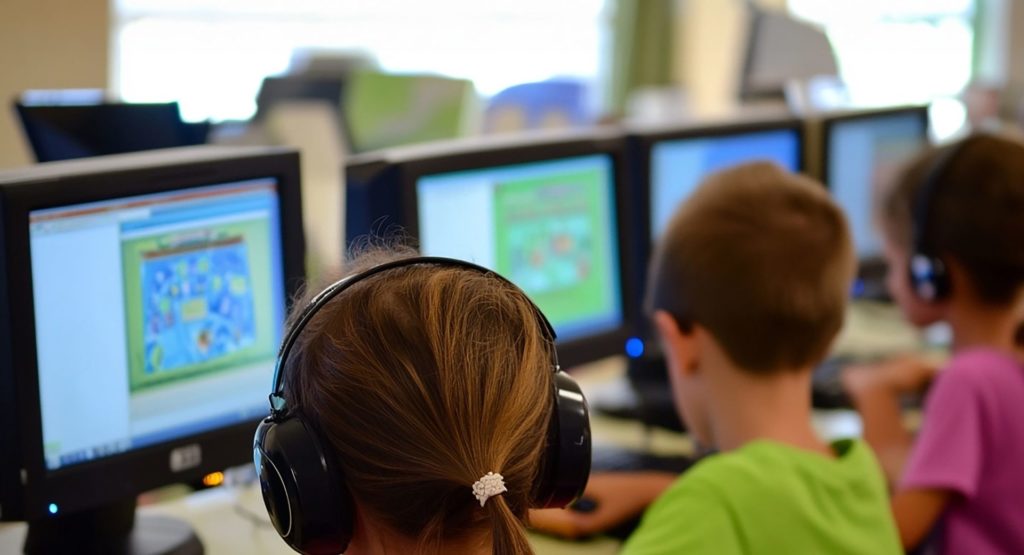
€3.7m for Galway schools for digital learning and minor works
This article first appeared on Galway Bay FM3.7 million euro is to be invested in Galway schools ...
Sign Up To get Weekly Sports UPDATES


